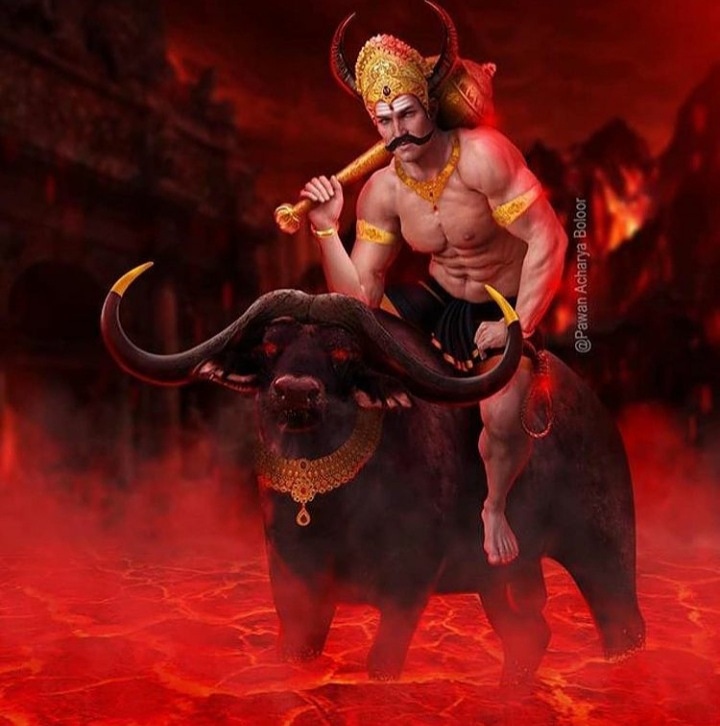There are certain indicators, levels, or other ways you can increase your odds of being right >50%, but you'll never get significantly higher
You always hear people let your winners ride or cut your losers early. Easier said than done, right?
Well, it's a mathematical fact that implementing this will improve your trading profits
The math behind leaving runners on and cutting losers early 👇👇👇
There are certain indicators, levels, or other ways you can increase your odds of being right >50%, but you'll never get significantly higher
You HAVE to let your winners run and cut your losers early.
Example: you take 100 trades for $100. Winners win $10, losers lose $10. To profit, you need 51 winners (+$510) and 49 losers (-$490)
Example: you take 100 trades for $100. Winners win $20, losers lose $5. To profit, you need 21 winners (+$420) and 79 losers (-$395)
You can essentially lose 4 out of every 5 trades and still make money if you simply let your winners run and cut your losers
2:1 (winners run 20%, losers stopped out at 10%), you only need to win 34%
3:1, 26%
4:1, 21%
You decrease the # of trades you need to hit by having your winners outweigh your losers
1) Have a rule on your stop losses. Personally, every trade I enter I immediately set a STOP order for -10%
2) Have a target profit level for winners. For me, I like the 2:1 risk/reward so once a trade hits 20% profits, I start to scale out
So when my trade hits 20%, I scale out part of my position and move my stop order for the rest to 10% profits
Remember, YOU CAN ALWAYS RE-ENTER.
1) Your thesis of it breaking the level is no longer valid
2) If it breaks above the level again, you can just re-enter
Special thanks to @AdamSliverTrade , @notmrmanziel , @TradingWarz , and the rest of the #LDL crew for getting me on this path and helping inform threads like this
More from Tradingthread
1 - open trading view in your browser and select stock scanner in left corner down side .
2 - touch the percentage% gain change ( and u can see higest gainer of today)
Making thread \U0001f9f5 on trading view scanner by which you can select intraday and btst stocks .
— Vikrant (@Trading0secrets) October 22, 2021
In just few hours (Without any watchlist)
Some manual efforts u have to put on it.
Soon going to share the process with u whenever it will be ready .
"How's the josh?"guys \U0001f57a\U0001f3b7\U0001f483
3. Then, start with 6% gainer to 20% gainer and look charts of everyone in daily Timeframe . (For fno selection u can choose 1% to 4% )
4. Then manually select the stocks which are going to give all time high BO or 52 high BO or already given.
5. U can also select those stocks which are going to give range breakout or already given range BO
6 . If in 15 min chart📊 any stock sustaing near BO zone or after BO then select it on your watchlist
7 . Now next day if any stock show momentum u can take trade in it with RM
This looks very easy & simple but,
U will amazed to see it's result if you follow proper risk management.
I did 4x my capital by trading in only momentum stocks.
I will keep sharing such learning thread 🧵 for you 🙏💞🙏
Keep learning / keep sharing 🙏
@AdityaTodmal
1. Overview
https://t.co/p2gjgPvhHG
2. Investing Process
https://t.co/ZpJeN0JiSV
3. Tools I use and
4. Market Analysis https://t.co/Ol9POhXMiV
5. Due diligence and deep dives on stocks
https://t.co/0oTNNsXuwr
6. General
7. My ongoing
8. List of about 20+ email newsletters in investing / technology and self help that I would
9. I do a lot of writing about IPOs and like to research new companies.
You can follow my writing and subscribe (Free) at

1. https://t.co/cWGjheFrdL
I\u2019m going to do a thread on \u201cDD\u201d. Due diligence is everything about investing. There\u2019s no wrong way to do DD, but I\u2019m going to show a few things I do in order to finding a company that I believe in. Also mix in what others do as well!
— Yates Investing (@yatesinvesting) May 16, 2020
2. https://t.co/tgJO7riEYH
Tonight I want to discuss \u201cGap Fills\u201d I was asked the other day what I meant, so I decided to do this thread.
— Yates Investing (@yatesinvesting) May 14, 2020
3. OFFERINGS
Alright, so tonight i\u2019m going to discuss offerings. I\u2019m also going to discuss why I think offerings are easy money makers. It\u2019s one of my trading strategies, but don\u2019t think that means you need to go buy every stock that has an offering. This might be long. Let\u2019s get started....
— Yates Investing (@yatesinvesting) May 12, 2020
4. OPTIONS and WARRANTS
Let\u2019s learn the difference between stock options and stock warrants real quick.
— Yates Investing (@yatesinvesting) May 12, 2020
Also want to go over option trading more.


















